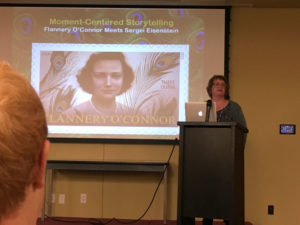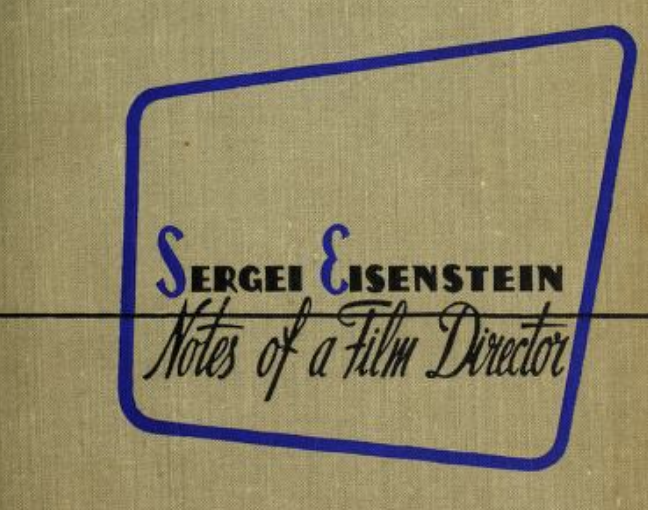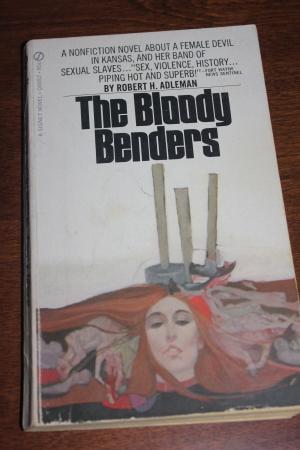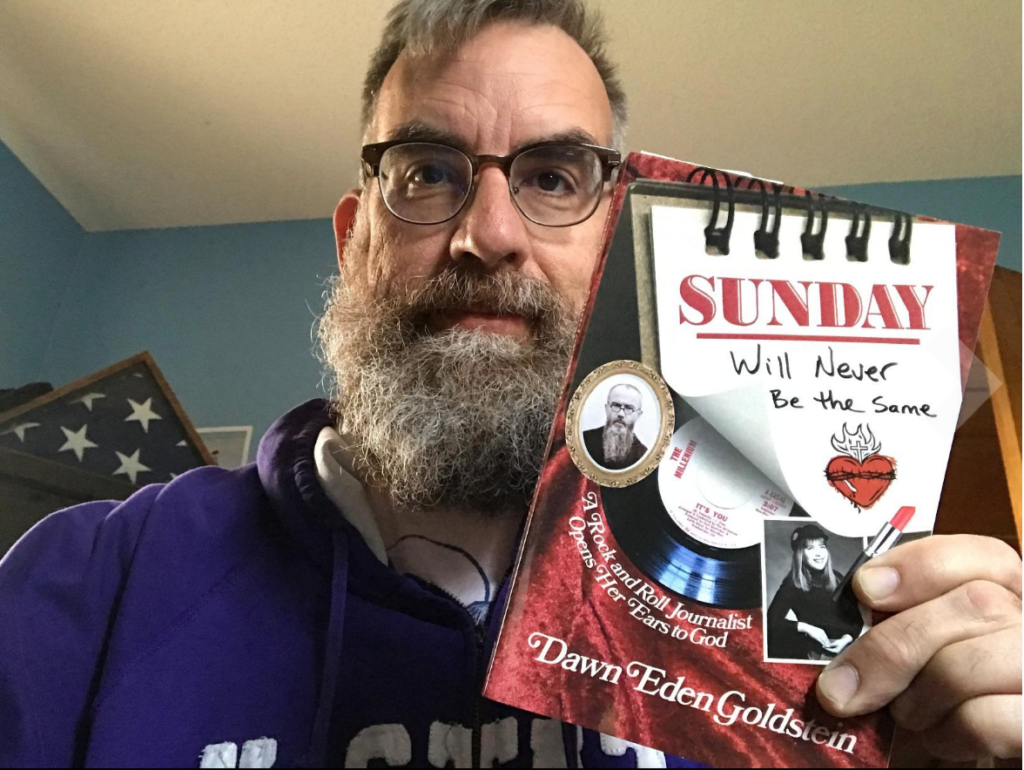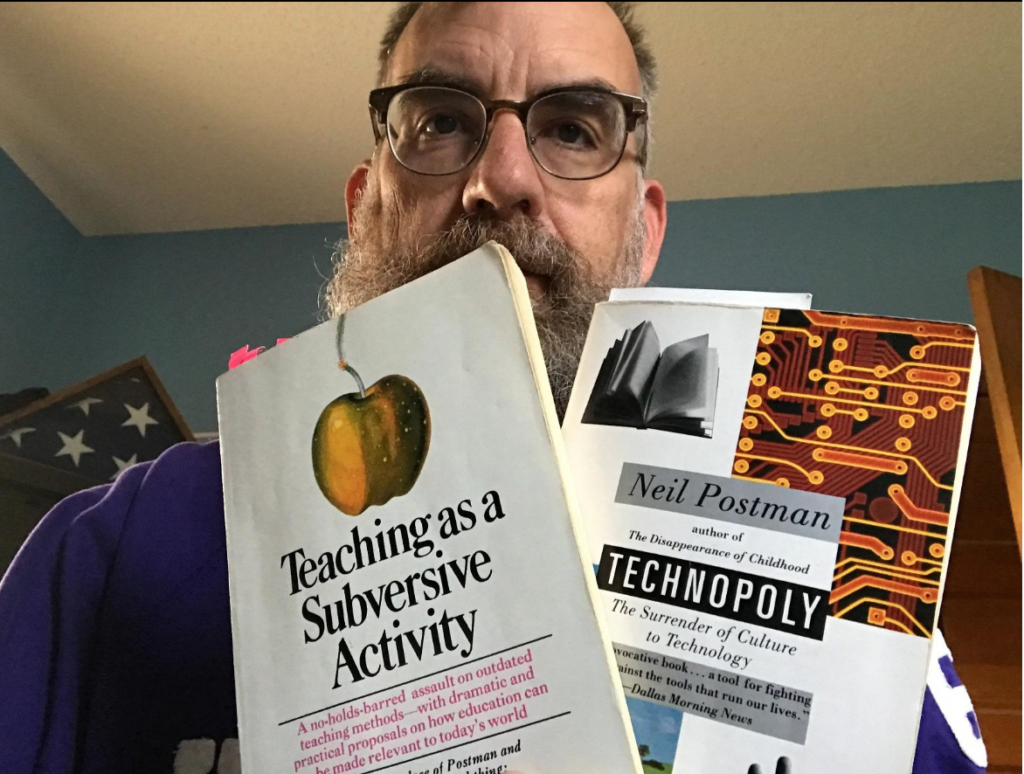Dr. Peter Kreeft: 26 Books Nobody Should Die Without Reading
Category Archives: good reads
Frankenstein for Engineers
In the Mastering Academic Conversations class we offer for incoming college freshmen, we typically read a book together. Or perhaps I should say, we assign a book to read together, I’m not sure how much of it actually is read.
There is always a “common-read” book that is selected for use throughout K-State each year and it always has interesting programming associated with it such as bringing in the book’s author to speak and so forth, however, those books vary widely in subject matter and interest area from year to year. Sometimes they are works of fiction and other times they are non-fiction works.
Nex year we are planning to do the book Frankenstein: A Modern Prometheus, by Mary Shelly and there is a nifty, annotated version for scientists and engineers we are planning to use. I’m pretty excited about this. I think our students will benefit from reading classic literature and I think the work is still very relevant to our times as we seem to think that science and technology is our salvation. It is not.
How to Memorize Poetry
“My mind is aglow with whirling, transient nodes of thought…” Unfortunately for me, those thoughts are half-baked and incoherent right now. I need some mental exercises to get back into this new semester of uncertainty.
I have long abandoned the art of memorization. It is tedious. It mostly doesn’t agree with me. It is an awful way to learn. And I think it might be just the sort of cognitive medicine I need right now.
Accidental Professor Lynda Barry from the University of Wisconsin, Madison always has her students memorize poetry. I’m terrible at memorizing poetry. It turns out I’ve been doing it all wrong. Lynda Barry says we should set the poems to music as an aid to the memorizing process. Hmm, I guess I will have to try that. I have memorized many, many songs over the years.
Hope is the thing with feathers
That perches in our soul,
And sings the tune without the words
And never stops at all.
Hey, it’s working. I just typed that from memory and I have only been working at it off and on since earlier today.
Esolen’ Influential Books
From Anthony Esolen’s post on Facebook today…
Not that anybody is wondering, but if you asked me what books have been of the greatest influence on how and what I think, aside from the BIBLE, and the plays of Shakespeare, I’d answer:
Homer, Odyssey
Plato, Phaedrus
Plato, Symposium
Virgil, Aeneid
Augustine, Confessions
Boethius, The Consolation of Philosophy
Anonymous, The Quest of the Holy Grail
Dante, The Divine Comedy
Spenser, The Faerie Queene
Herbert, The Temple
Pascal, Pensees
Milton, Paradise Lost
Fielding, Tom Jones
Boswell, Life of Johnson
Burke, Reflections on the Revolution in France
Manzoni, The Betrothed
Dickens, Bleak House
Dostoyevsky, The Brothers Karamazov
Marcel, Man Against Mass Society
Guardini, The End of the Modern World
Pieper, Leisure: The Basis of Culture
Lewis, The Abolition of Man
Kirk, The Conservative Mind
Muggeridge, autobiography
Lasch, Culture of Narcissism
Chesterton, The Everlasting Man
Montage: Barbara Nicolosi & Sergei Eisenstein
Last night I went to hear a talk in Lincoln, NE presented by Hollywood screenwriter and professor Barbara Nicolosi.
While discussing Flannery O’Connor and Sergei Eisenstein she asked the audience if anyone had heard of Sergei Eisenstein and no one raised their hand. I’m thinking to myself, nope, I’ve never heard of him.
This morning, I decided to learn a bit more about him and after searching a bit online, I found this fascinating clip about Eisenstein’s pioneering use of montage.
After viewing the video clip, I flipped over to another tab I had open in my browser from some recent reading I had been doing. (I always have several tabs open, it is just my way.) The next tab over was an online copy of Notes of a Film Director by Sergei Eisenstein! Yes, I had just this week been reading about his work on Archive.org but did not put two and two together. Doh! What a goof I am! I was interested in the book, but really paid no attention to the author, only to the subject of film and the fact that this was a really old book about the subject.
I do recall that one thing catching my interest early on in Eisenstein’s book was his discussion of the audience and how they were then becoming adjusted to the language of film; that is film with the cuts and edits of montage. It is useful to remember that in the early days of film, audience members had no experience with such techniques.
I’ll try to write a bit more about what Barbara Nicolosi shared last night in a future post.
Bloody Benders – Book
This weekend I finished up another book in my summer reading challenge. This one is called “Bloody Benders” by Robert H. Aldeman in 1970. The tag line is “A non-fiction novel about a female devil in Kansas, and her band of sexual slaves.” How could I pass up reading something as compelling as this?
I’ve been reading it between ball games at my daughter’s softball tournament this weekend. My wife took a look at this weathered old paperback and laughed. “That book looks like it’s twenty years old.” No, it’s almost 50 years old! It came in the collection of books my grandfather gave me when he was downsizing and moved into assisted living. He often asked if I had a chance to read any of his books, but while he was alive I never had any free time to read for enjoyment. I promised him I would get to them eventually, and I’m glad I have been able to find some time for it this summer.
It is based upon a true story that happened in Kansas in the 1870s. To give some context, this is about a decade after statehood, when homesteaders were still struggling to make their farm claims on the prairie pan out. A new, rough-looking family arrives in Labette county, Kansas and puts up a one room building to serve as a house, general store and inn.
Unwary travelers were invited to sit with their back to a partitioning curtain that divided the room in two for a meal, and when they weren’t paying attention, someone would crack their skull with a hammer then slit their throat with a butcher knife. Evidently, the youngest member of the murderous clan, Kate Bender, was something to behold. About seventeen, she was the brains of the operation.
She must have been something else, because young men came a courtin’ from miles around. These young men became her “sexual slaves” as they would run odd errands for her in hopes of getting her into bed. She easily compelled them to go to town for supplies, spread the word about her business, and sell the contraband she stole from her traveling victims.
The Benders made national headlines and evidently escaped justice. They fled just as a posse was closing in and never were heard from again.
Sunday Will Never Be The Same Book Review
Transitioning to adulthood and finding one’s way has never been a simple task. For those with a creative, artistic bent it can be especially challenging. Dawn Eden Goldstein’s book Sunday Will Never Be the Same: A Rock & Roll Journalist Opens Her Ears to God tells the story of a young writer on this journey, trying to find meaning and purpose in her life. The deep despair and sadness she feels are palpable. At any moment, she could give in to the darkness and slip away forever.
One thing keeps her going—her love for rock-and-roll. Through this passion she is able to carve out a niche of expertise, fashioning herself into the world’s youngest historian of rock-and-roll. She gives herself missions, large and small, which is important for anyone dealing with depression. Just get yourself through another day.
As a reader, I regularly experienced those little “Oh, wow!” and “No way!” moments. Dawn Eden Goldstein has lived a truly fascinating life. As an educator and professor of computer/digital media, one of those moments was her mentioning of NYU professor Neil Postman and Christine Nystrom. These two were some of the original “media ecologists” exploring the impact of technology on society. Their work is still relevant; our attention spans are shorter than ever and our system of education has the exact same concerns Postman wrote about fifty years ago.
Another such moment happened well into the book when we learn of why St. Maximillian Kolbe’s picture appears on the cover. He was a martyr/priest of WWII and is known as the patron saint of journalists and rock-and-roll. Ok, maybe not rock-and-roll, but he was captured by the Nazis because of the newspaper he published. Anyhow, Dawn Eden Goldstein keeps asking God for evidence of his existence, and discovering St. Maximilian is one of the many ways her prayer was answered.
I have long been fascinated with how Judaism and Christianity intersect. It is especially interesting to me when people of Judaism accept Jesus as the Messiah. There are elements of this in the book. At one wonderfully ironic moment, a group of Catholics that Dawn was associated with prayed the Rosary, but she couldn’t bring herself to do that so she prayed the Psalms. Little did she know at the time that the Rosary prayer comes from a middle-ages abbreviation of praying the Psalms!
A reader who enjoys music and rock-and-roll will benefit, but this is not at all necessary to thoroughly enjoy this story of Dawn Eden Goldstein’s journey of faith and redemption.
